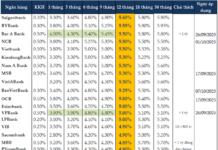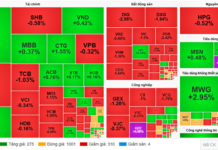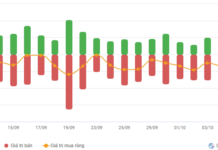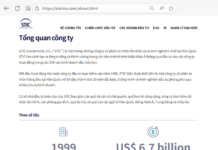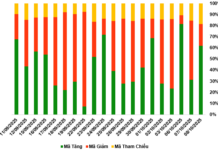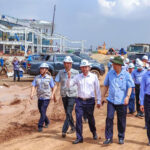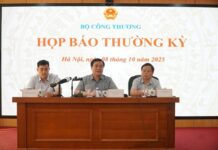On August 22, in Ho Chi Minh City, the Vietnam Chamber of Commerce and Industry – Ho Chi Minh City Branch (VCCI-HCM) in collaboration with the Australian Embassy through the Aus4Skills program, released a research report titled “Enhancing Logistics Connectivity to Promote Socio-Economic Development in the Southeast Region.”
The Southeast region, comprising Ho Chi Minh City, Dong Nai, and Tay Ninh (previously including Ho Chi Minh City, Dong Nai, Binh Duong, Ba Ria-Vung Tau, Binh Phuoc, and Tay Ninh), is one of the most dynamic economic regions, contributing nearly 32% of GDP and 44.7% of the national budget.
However, infrastructure bottlenecks caused by rapid urbanization, lack of synchronized inter-provincial transportation infrastructure, and overlapping institutions, procedures, and processes are leading to increased logistics costs and longer transportation times, resulting in reduced competitiveness for businesses.
The report proposes three breakthrough solutions: First, optimize infrastructure through synchronized connectivity: Enhance intermodal transportation connections such as road, waterway, railway, and aviation, and expedite the construction of Long Thanh airport and the Cai Mep – Thi Vai port cluster.
Second, synchronize and unify institutions, processes, and systems: Establish a regional logistics committee, reform procedures, and implement a common electronic customs clearance system.
Third, standardize human resource development: Plan a unified training system with standardized outputs and strengthen collaboration between vocational education institutions, enterprises, and management agencies.
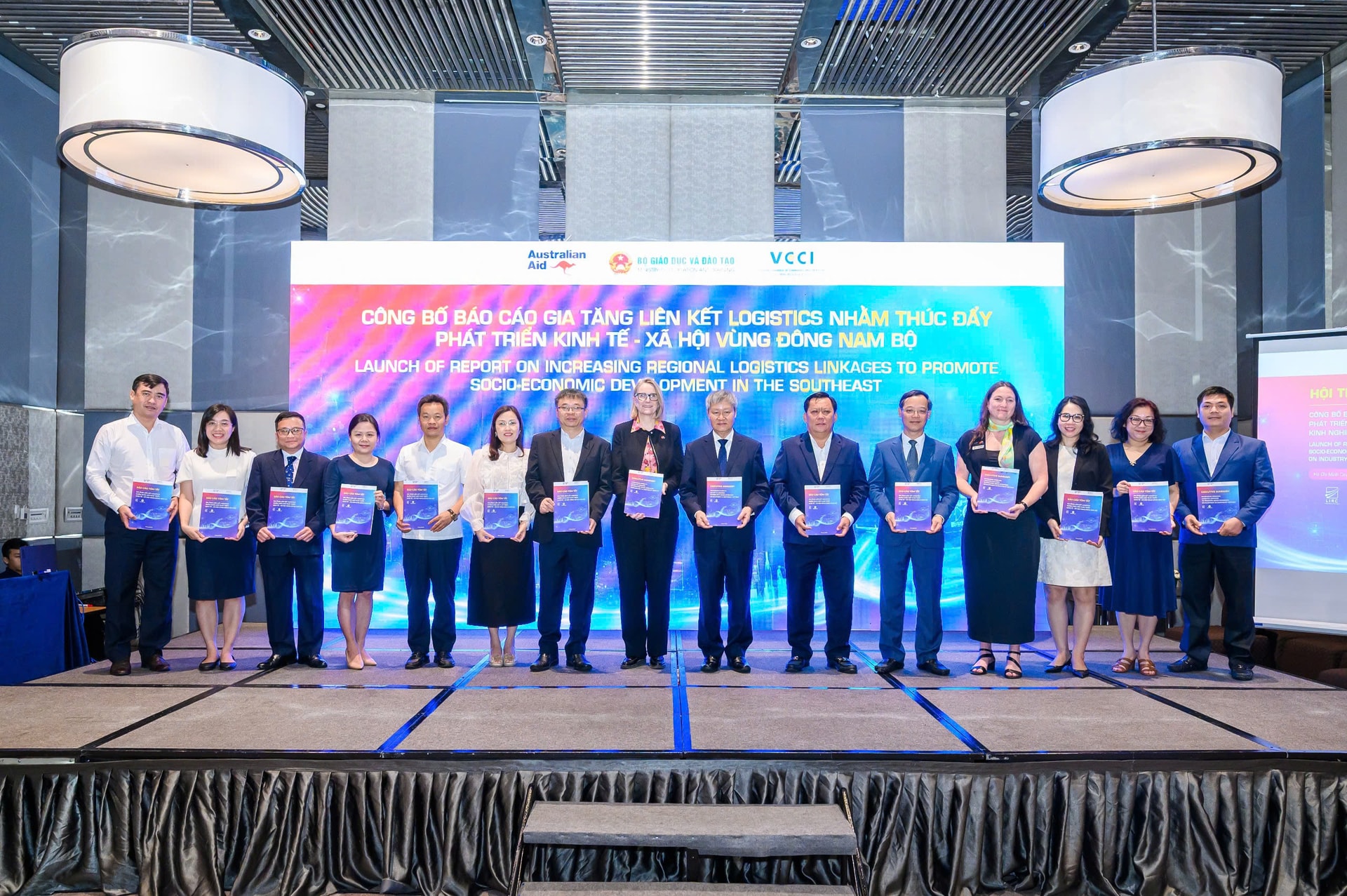
Speaking at the workshop, Mr. Vo Tan Thanh, Vice President of the Vietnam Chamber of Commerce and Industry, affirmed: “The report, ‘Enhancing Logistics Connectivity to Promote Socio-Economic Development in the Southeast Region,’ released today is of great practical significance. The report provides a comprehensive overview, identifies key bottlenecks in infrastructure, institutions, processes, and human resources, and offers specific recommendations such as optimizing regional infrastructure investment, establishing a common logistics coordination mechanism, and standardizing human resource training.”
The report is even more valuable as the country is in the process of merging provincial and municipal administrative units to improve management efficiency. The analysis and recommendations in the report are not only significant for the Southeast region but also serve as an important reference for other localities nationwide when implementing the merger, restructuring, and regional linkage processes in a synchronized and effective manner,” added Mr. Thanh.
Additionally, the report highlights the close relationship between micro and macro-level factors in the regional logistics linkage ecosystem. On behalf of the research team, Professor Dr. Thai Van Vinh shared: “In addition to macro-level factors such as institutional synchronization and process unification, the study also underscores the role of enterprises, relevant agencies, and vocational education institutions as crucial links in promoting regional logistics linkage.”
The report serves not only as a strategic planning tool for managers but also as evidence of the strong Vietnam-Australia partnership in infrastructure development, trade, and human resource development.
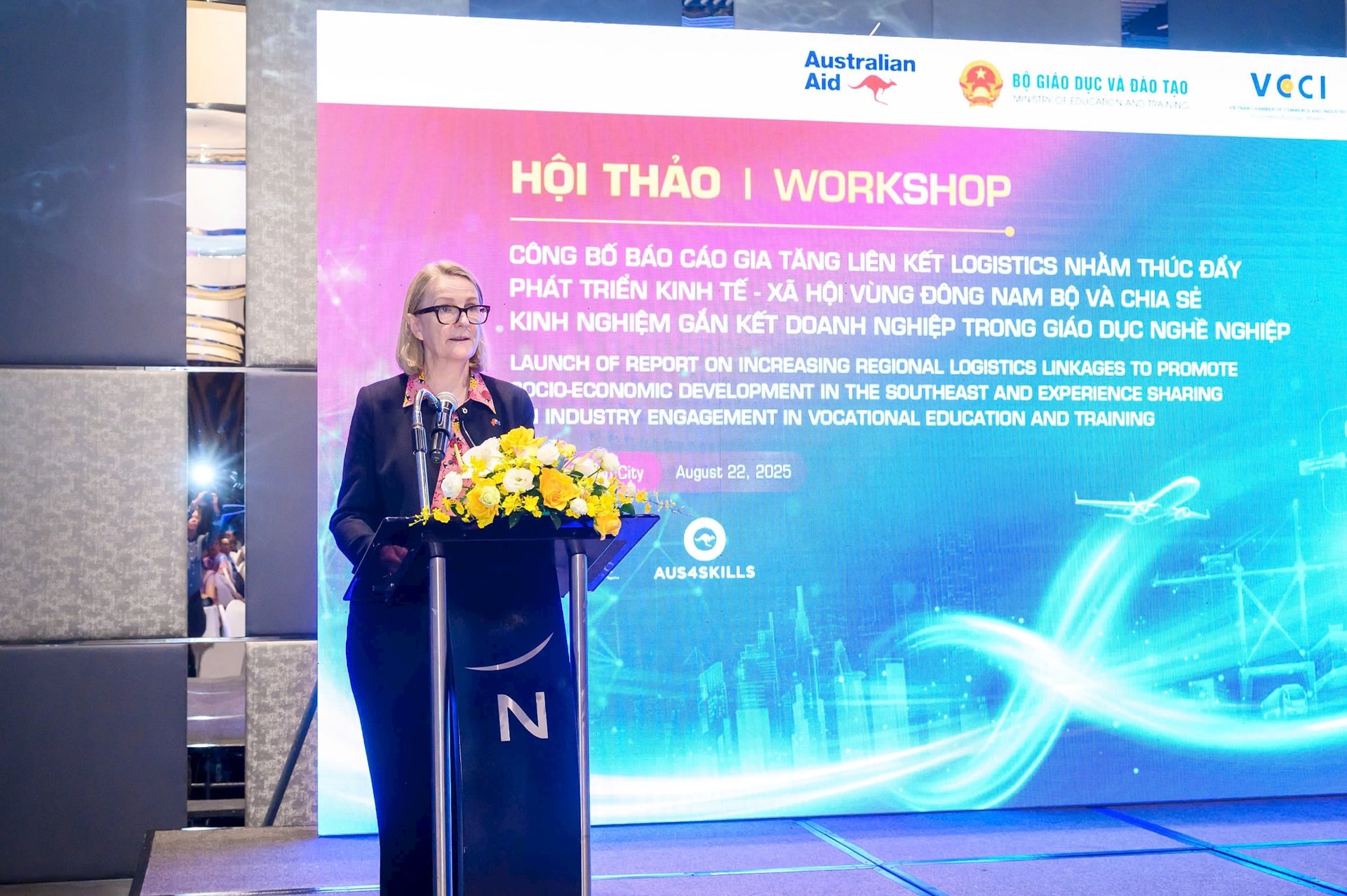
Ms. Sarah Hooper, Australian Consul General in Ho Chi Minh City, shared at the launch: “Australia is proud of its partnership with Vietnam, with human resource development as a key focus for over 50 years. With Australia’s support, Vietnamese ministries, port, and logistics enterprises have been collaborating, sharing information, and providing policy advice for the region’s development. Our commitment in the Vietnam-Australia Strategic Partnership demonstrates our shared vision for sustainable economic growth, underpinned by a skilled and competitive workforce.”
Over the years, Australia has shared its experience in developing the vocational education system with Vietnam through the Aus4Skills project, supporting Vietnam in developing human resources to seize new economic opportunities, promote sustainable development, and contribute to regional stability.
National Economic Census 2026: Unveiling a Comprehensive Snapshot of the Nation’s Economy
The Minister of Finance has issued Decision No. 2837/QD-BTC on August 18, 2025, announcing a comprehensive economic survey for the nation in 2026.
“Enhancing Connectivity: Forging Transport Links Between Ho Chi Minh City and Long Thanh International Airport”
Vice President of the National Assembly, Vu Hong Thanh, has urged Dong Nai to expedite the construction of road and rail networks, particularly those connecting Long Thanh Airport with Ho Chi Minh City. This development strategy is envisioned to foster greater connectivity and promote seamless travel between these key locations.
Why is Quang Tri (Old) the Cheapest Province to Live in Vietnam?
The Spatial Price Index (SPI), also known as the Spatial Cost of Living Index (SCOLI), is an insightful metric that uncovers the disparities in the prices of goods and services across different geographical areas. It is a powerful tool that helps us understand the purchasing power and cost of living variations within a country or region. So, what exactly is SCOLI, and how does it impact our understanding of economic dynamics?






